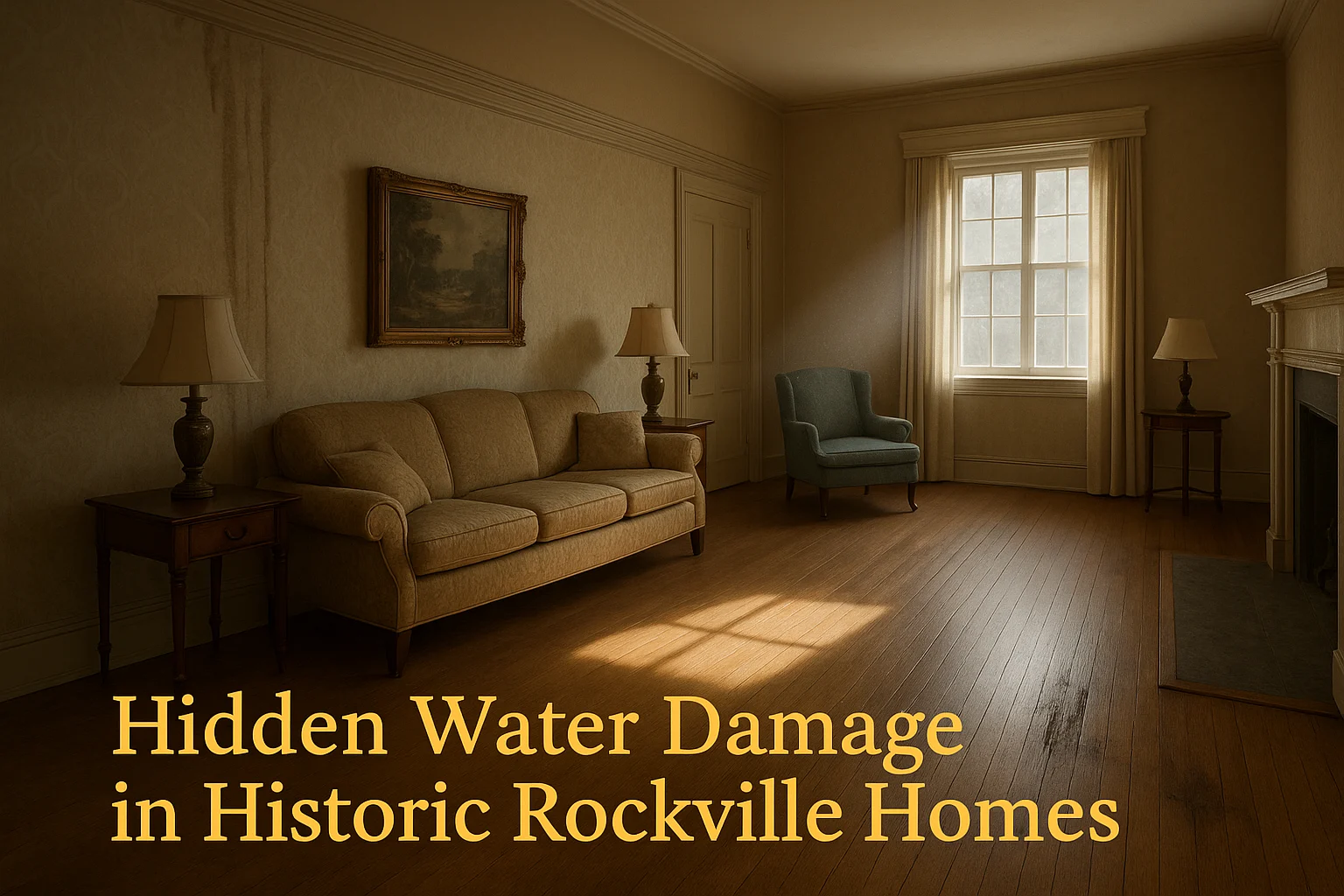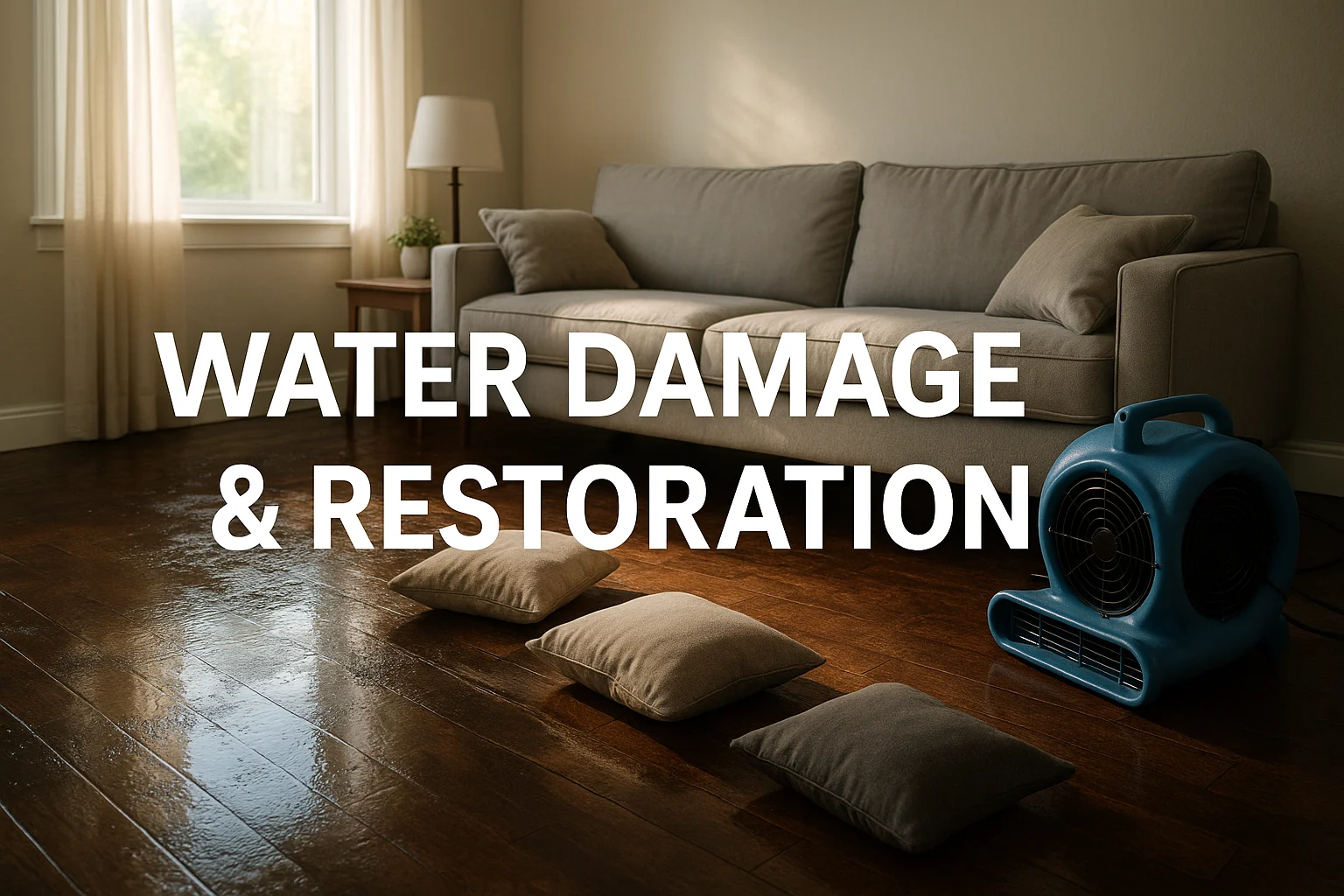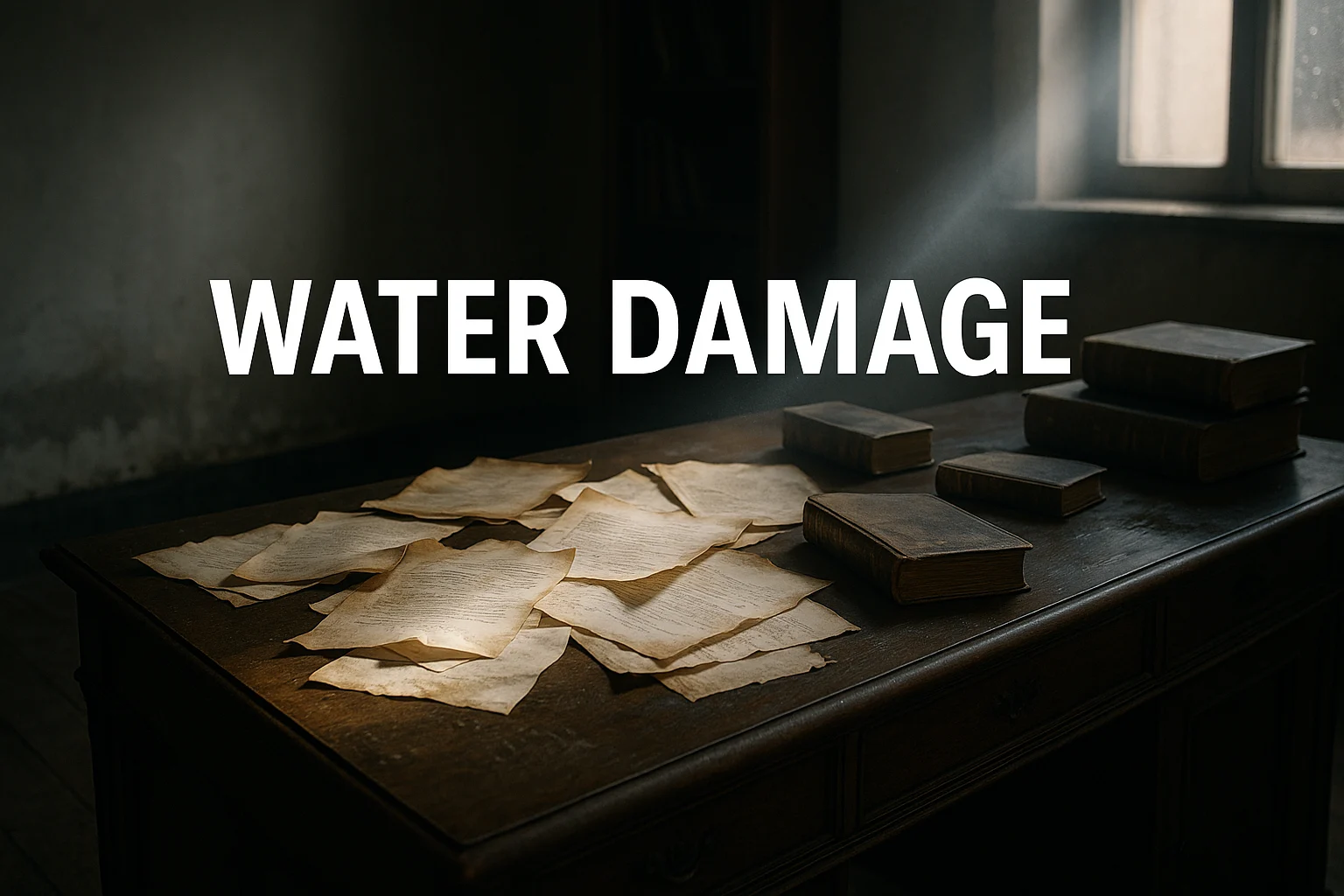There’s an undeniable charm to the older homes that line the streets of Rockville. They boast character, history, and a story that newer constructions simply can’t tell. But when water damage strikes—whether from a burst pipe, a leaking roof, or a major flood—that history can reveal dangerous secrets. Are you aware of the toxic risks that water could be unleashing in your property?
For homes built before the 1980s, water damage isn’t just about drying carpets and replacing drywall. It’s about disturbing long-dormant materials containing asbestos and lead, turning a manageable problem into a serious health hazard. Understanding this risk is the first step in protecting your family and your investment.
The Unseen Threat: Why Water Damage is Different in Pre-1980s Homes
Before their health risks were widely understood, asbestos and lead were considered “wonder materials” in construction. They were durable, fire-resistant, and used extensively. If your Rockville home was built before 1980, it’s highly likely these materials are present.
- Asbestos can be found in insulation, vinyl floor tiles, “popcorn” ceilings, siding, and pipe wrap.
- Lead was a primary component in paint for both interiors and exteriors, as well as in plumbing pipes and solder.
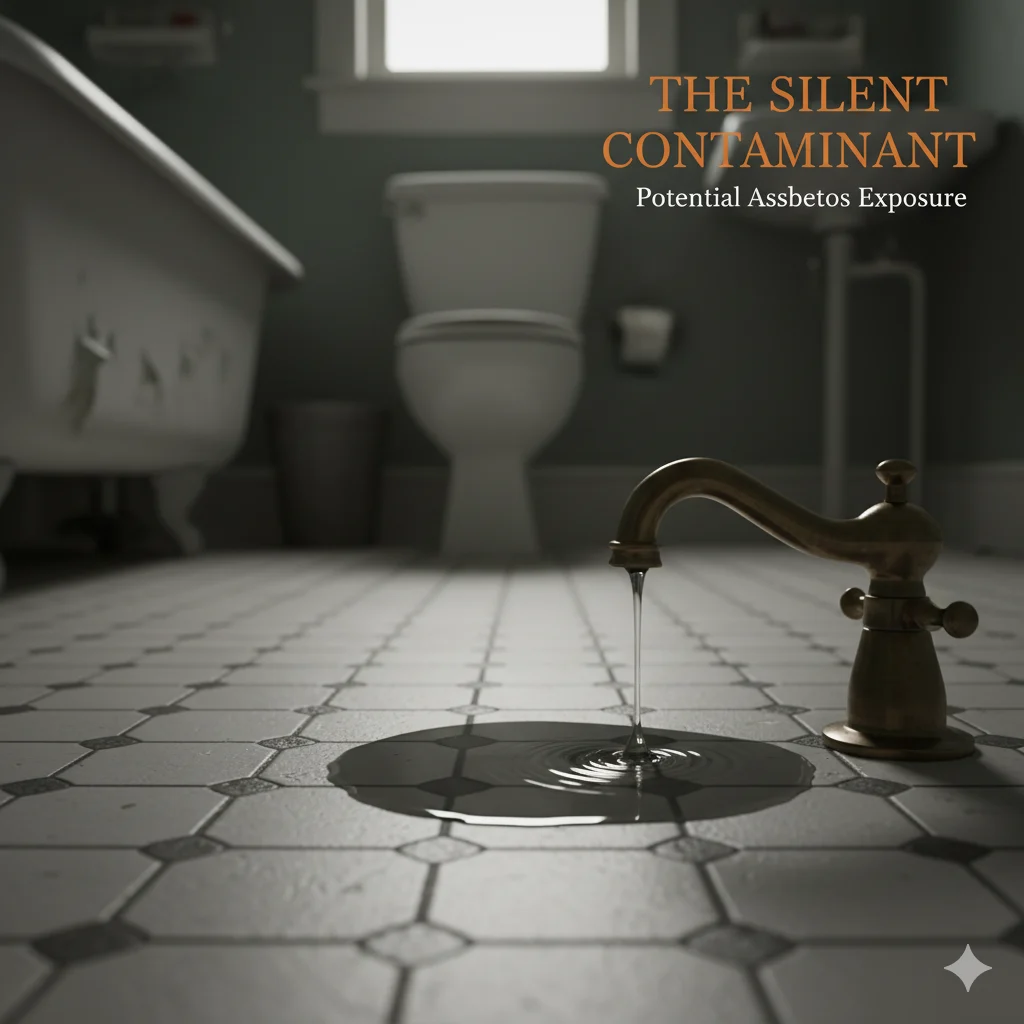
What Happens When Water Meets Asbestos and Lead?
Under normal circumstances, these materials are often stable if left undisturbed. However, water intrusion changes the entire equation. Saturation, drying, and eventual crumbling of building materials can activate these hidden toxins.
Asbestos: A Silent Danger Unleashed by Moisture
When materials containing asbestos get wet and then dry out, they can become “friable,” meaning they crumble easily. This releases microscopic asbestos fibers into the air. Once inhaled, these fibers can become permanently lodged in the lungs, leading to severe diseases years later, such as asbestosis and mesothelioma. A simple leak can create an invisible, long-term health crisis.
Lead Paint: A Toxic Hazard Activated by Water
Water damage is a primary culprit for compromising lead-based paint. Moisture seeps behind the paint, causing it to bubble, peel, and chip. This creates toxic lead dust and flakes that can contaminate surfaces, air ducts, and personal belongings. According to the Environmental Protection Agency (EPA), lead exposure is especially dangerous for children and pregnant women, causing serious developmental and health issues.
Are You at Risk? Key Indicators in Your Rockville Home
While only professional testing can confirm the presence of asbestos or lead, you should be extremely cautious if your home has experienced water damage and features any of the following:
- Textured “popcorn” ceilings.
- 9×9 inch floor tiles.
- Old insulation that looks fibrous or gray.
- Peeling or “alligatoring” paint on older window sills, doors, and walls.
Important: Do not attempt to remove or disturb these materials yourself. This is a job for certified professionals only.
The Right Way to Handle Water Damage: A Professional Protocol
Attempting a DIY cleanup in an older home is not just ineffective—it’s dangerous. The wrong approach can spread contaminants throughout your entire property. Here is the safe and correct procedure:
- Ensure Safety Above All: Immediately stop any work that could disturb potential hazardous materials. Avoid the area if possible.
- Call a Certified Restoration Specialist: You need more than a standard cleanup crew. Look for a company with certifications in water damage restoration (IICRC), lead abatement, and asbestos remediation. A specialized firm like APS Flood Restoration has the training and equipment to handle these complex situations safely.
- Professional Assessment and Testing: Certified technicians will assess the damage and test suspicious materials to confirm the presence of lead or asbestos.
- Specialized Containment and Remediation: If hazardous materials are found, the team will establish containment zones with negative air pressure to prevent cross-contamination. They will then follow strict federal and state protocols for the safe removal and disposal of the materials.
- Complete and Safe Restoration: Once the hazards are removed, the team can proceed with standard water damage restoration, including drying, cleaning, and rebuilding the affected areas.
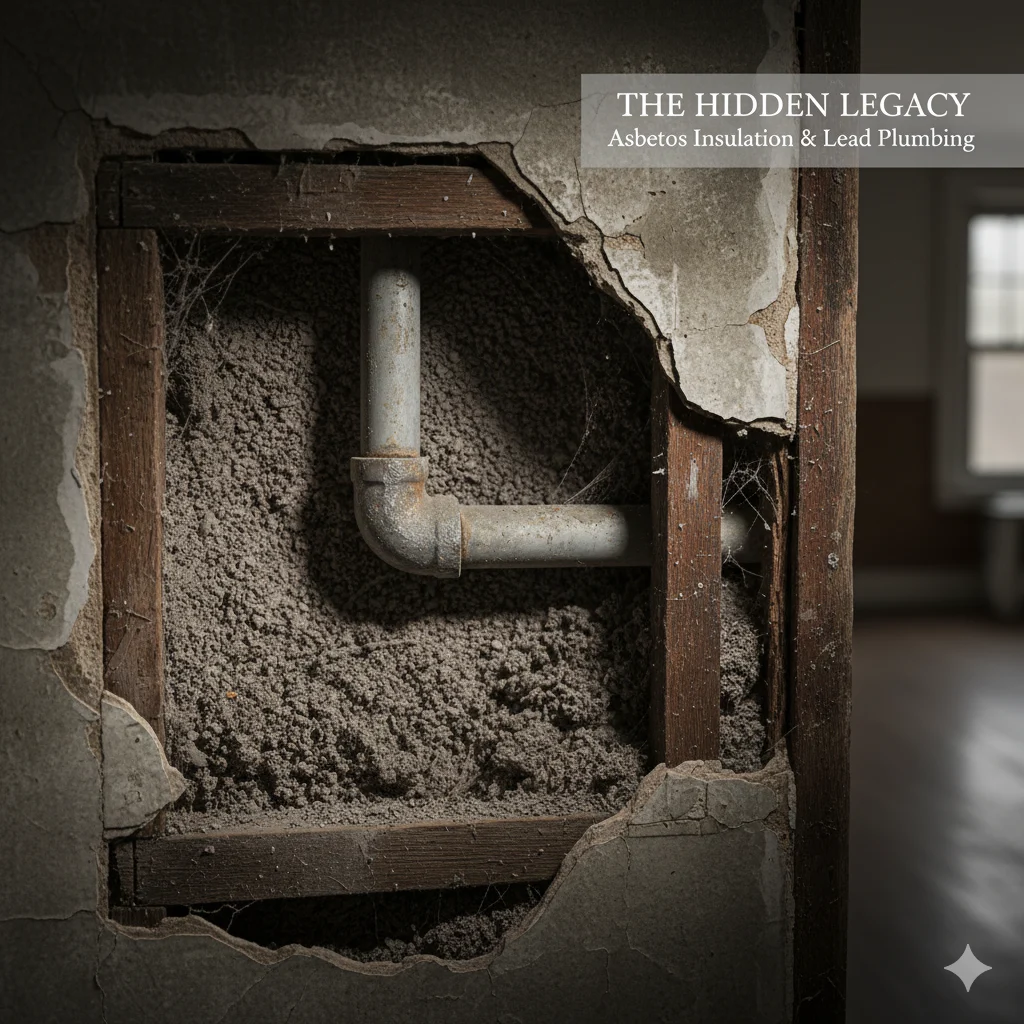
Essential Considerations for Property Owners
To safeguard your health and property, keep these critical points in mind:
- Your Home’s Age is a Red Flag: If your home was built before 1980, always assume hazardous materials could be present until tested.
- Water is an Activator: Understand that any level of water intrusion can disturb dormant asbestos and lead.
- DIY is a Serious Risk: Scraping peeling paint or tearing out old floors can contaminate your home and endanger your family.
- Certification is Non-Negotiable: Never hire a company that isn’t certified to handle hazardous materials. Ask for proof of their credentials.
The historic charm of your Rockville home is worth protecting—and so is the health of your family. By understanding the risks and acting responsibly, you can turn a potentially hazardous situation into a safe and successful restoration. Don’t gamble with your well-being.
